…and no, you don’t get pix and backgrounds on every single one—this is an update, not a novel!
Let’s start with the unpleasant stuff first, so we can go out on a high note with some of the good stuff: last week I received a call to pick up an adult robin that the callers thought had a broken wing. When I got the bird, I suspected pesticide poisoning because he couldn’t use his legs, so I took him to Smalley’s. Shelley Baumann and I debated euthanizing, but the robin actually got loose in the exam room and flew quite nicely, so we decided to give him an anti-inflammatory and 24 hours’ observation. Unfortunately, he began showing clearly identifiable signs of pesticide poisoning as the evening wore on: poop with a sharp chemical odor, loss of balance, difficulty breathing…he died during the night.
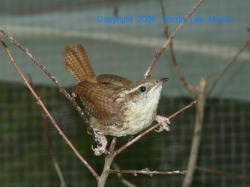
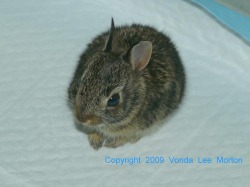
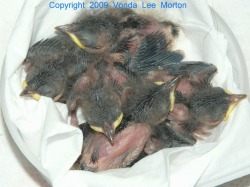
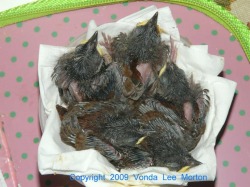
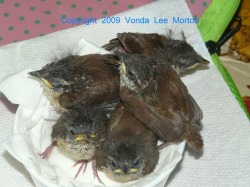
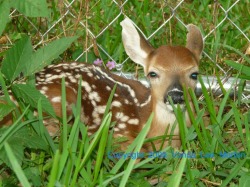
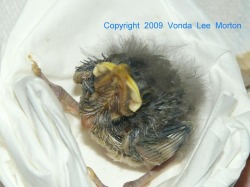
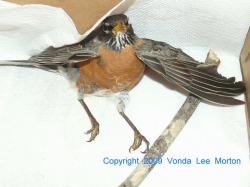
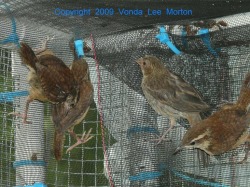
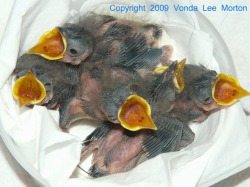
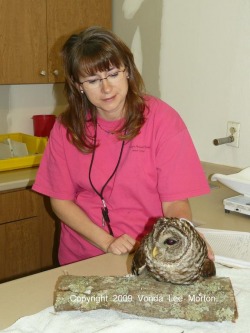
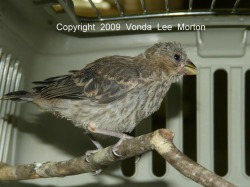
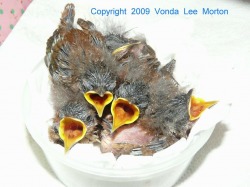
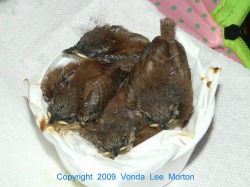
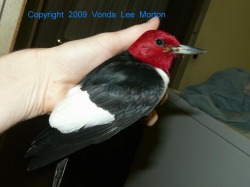
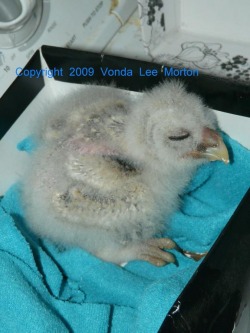



 RSS Feed
RSS Feed
